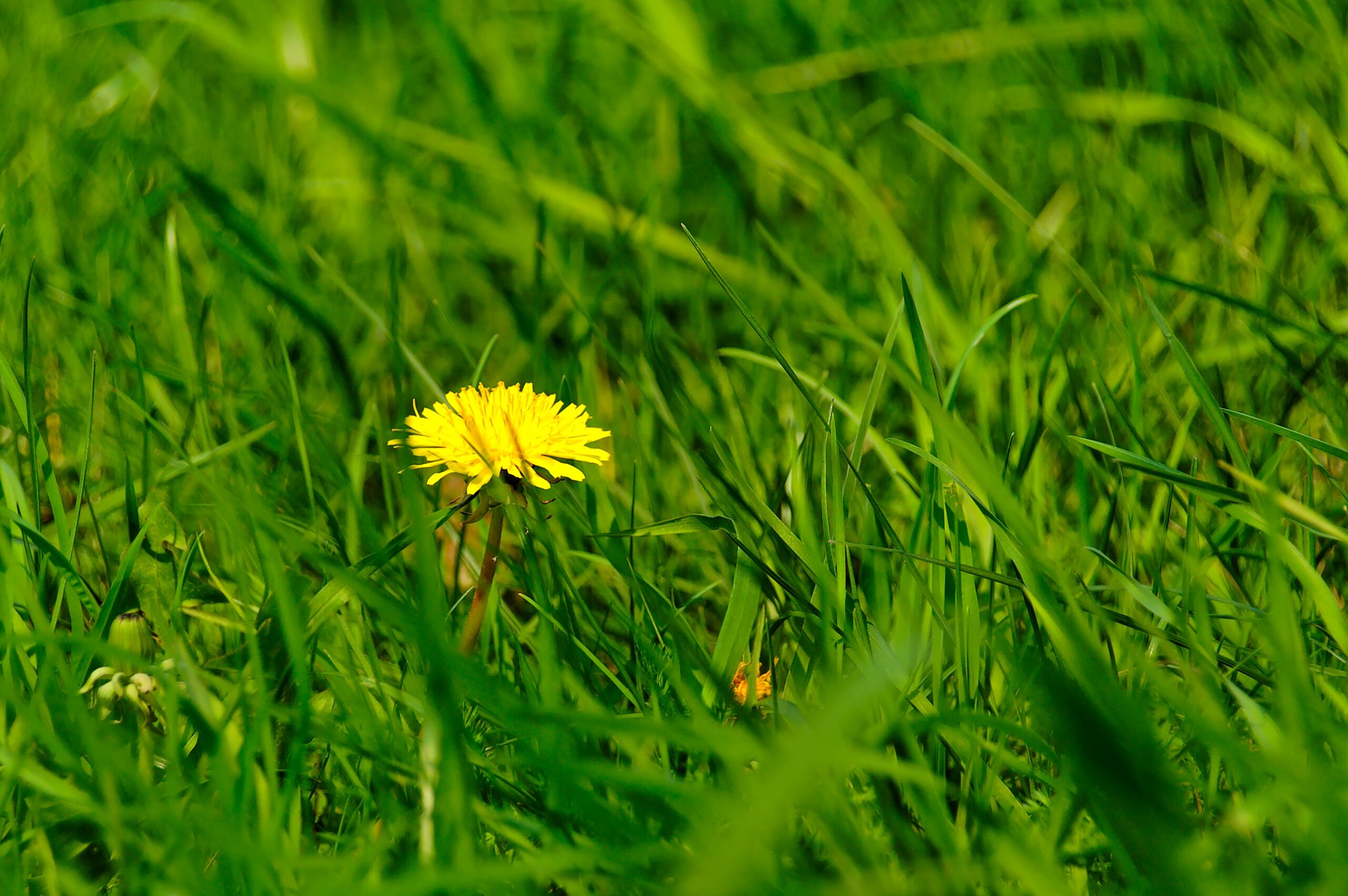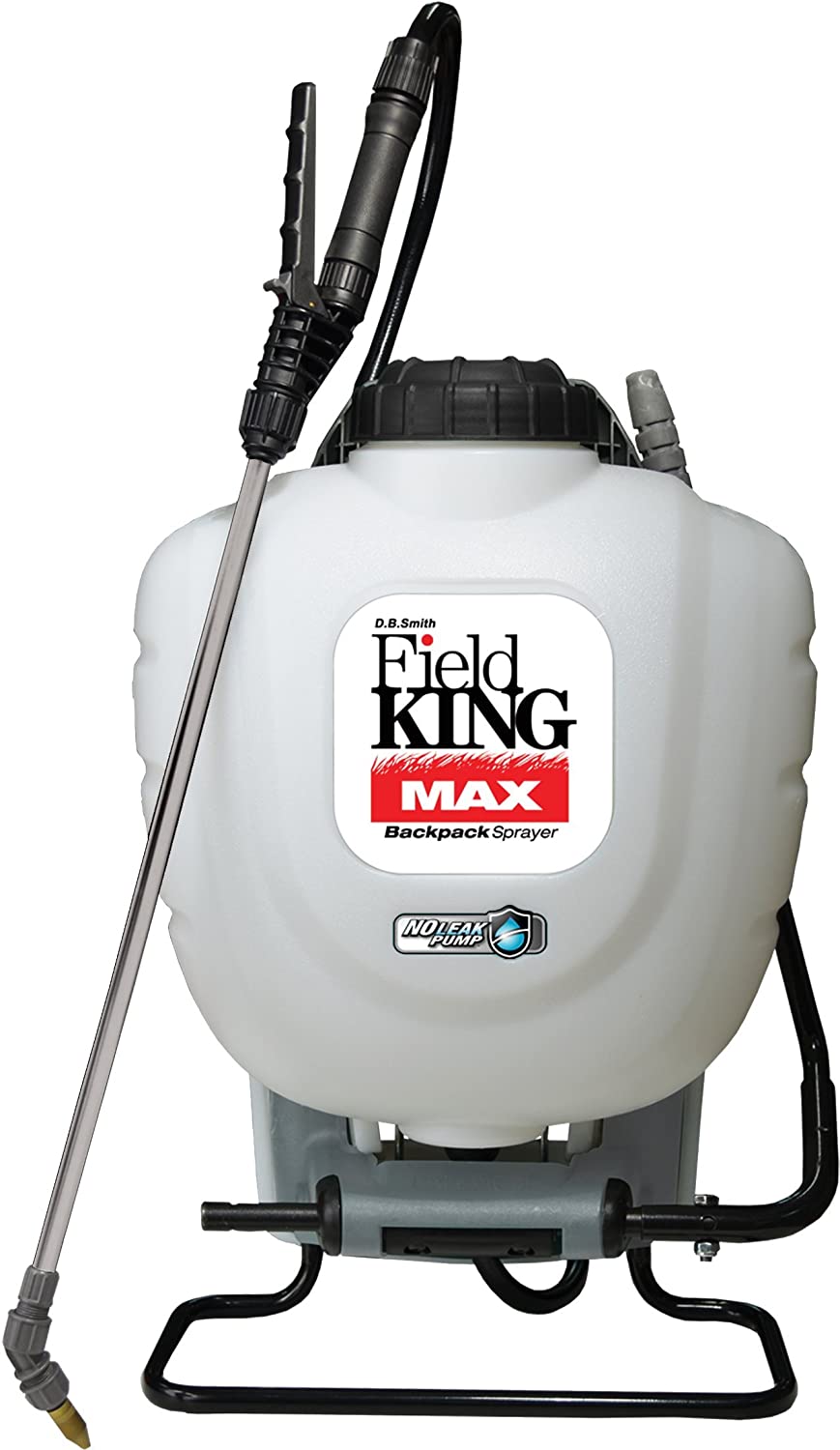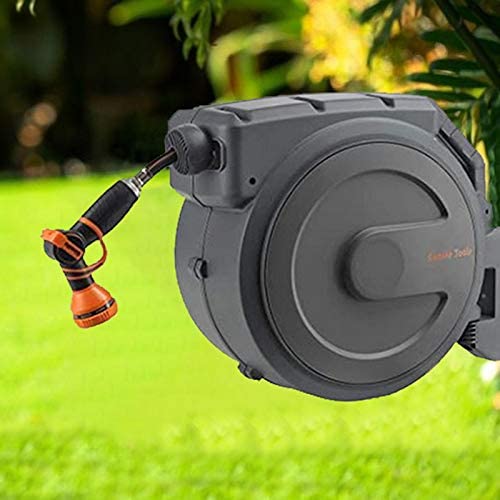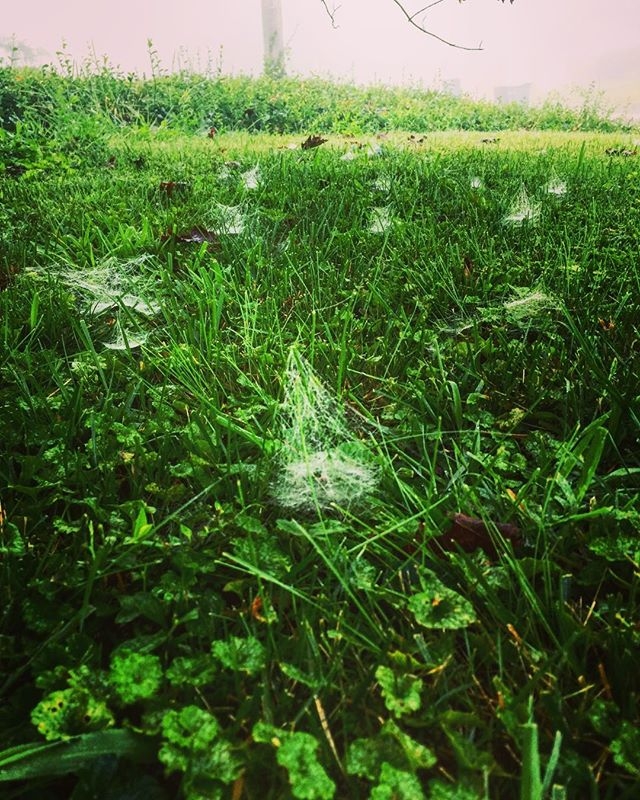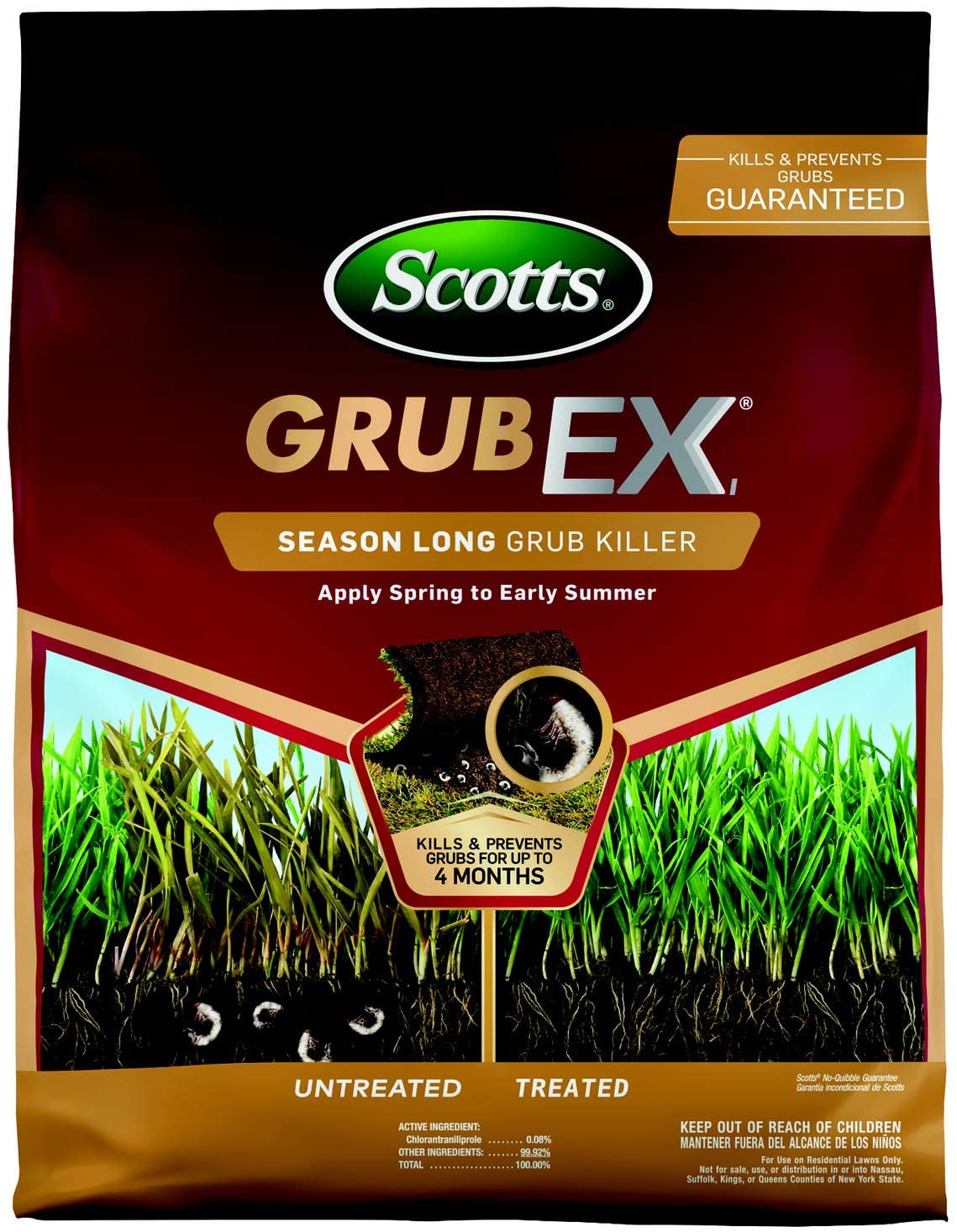How To Lime A Lawn
Table of Contents
Many lawn care experts talk about the importance of liming your lawn. You may be considering applying lime because your lawn is covered in dead spots, overrun by weeds or infested with bothersome pests and insects.
While any number of causes could be creating these issues in your yard, the underlying problem might be that the soil pH of your lawn is too acidic. Grass is unable to sustain healthy growth if its soil pH is not in the appropriate range. Applying lime to your lawn makes the pH of your soil more alkaline and ensures that your lawn has the healthiest soil foundation possible.
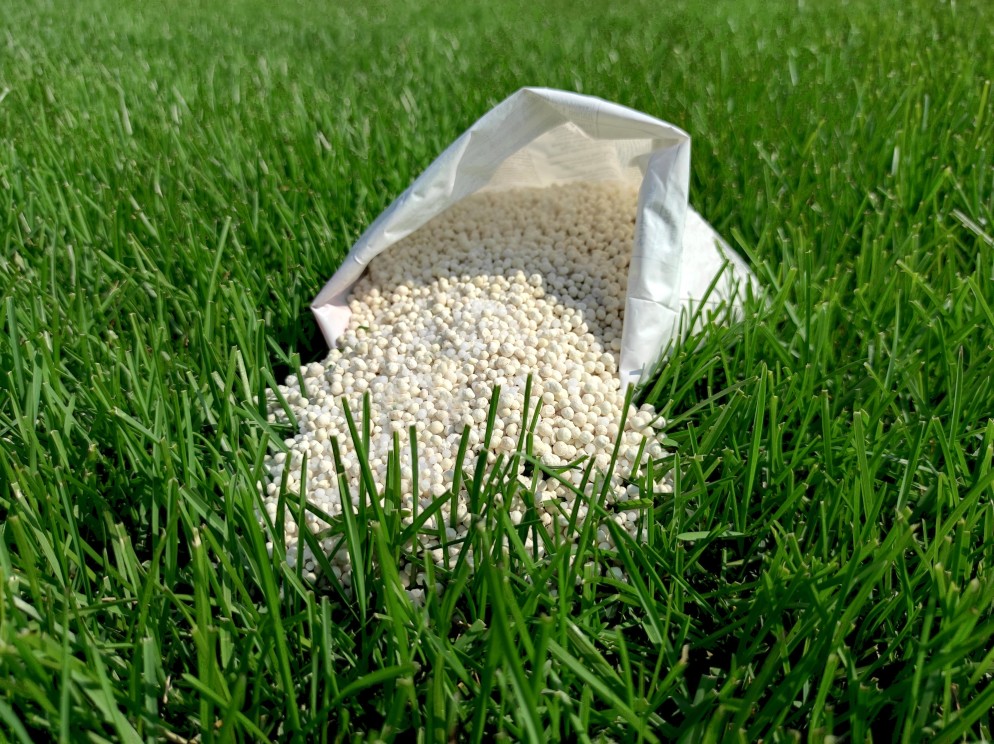
However, you should only lime your lawn under specific circumstances. As always, you must execute the process properly in order to achieve the best results. Read on to learn when you should lime your lawn and how to successfully complete the process.
Soil pH Levels
Soil must have a healthy pH in order to foster growth. Experts say your soil should have a pH anywhere between 5.8 and 7.2, give or take a few decimals. Typically, cool-season grasses tend to grow best with a slightly more alkaline pH within that range, whereas warm-season grasses thrive under more acidic conditions. Also, large amounts of annual rainfall will naturally make soil more acidic, and for that reason warm-season grasses in southern regions often have much more acidic soil. But when your soil becomes too acidic, it is no longer able to absorb essential nutrients like nitrogen, phosphorus and potassium. When these nutrients are no longer available for your soil, you may notice that your grass will start to die and your fertilizer treatments will be not be as effective. Also, any weeds or pests which thrive in highly acidic environments may start invading your yard.
Soil pH Testing
For these reasons, it is important to ensure that your soil pH falls within the appropriate range. Without the foundation of healthy soil, your lawn will never be able to look lush and green because it will lack countless essential nutrients. In order to determine if your soil is too acidic, you should conduct a soil pH test. You can purchase a basic soil pH test kit from a garden center to perform at home yourself, but for the most accurate results you should send a sample of your soil to your local county extension service. The lab will be able to tell you not only what the pH of your soil is, but the exact amount of lime or other nutrients you need to apply in order to correct the pH. To ensure the highest degree of accuracy in determining your soil’s pH and the methods to correct it, it is probably worth paying the small fee required to utilize the local county extension service.
Even if you already suspect your soil is too acidic, you should always conduct a soil pH test in order to determine exactly how much lime to apply to your lawn. If you simply guess and accidentally apply too much lime, your lawn will become too alkaline and the lime will kill all growth. Alternatively, your soil may actually be too alkaline to begin with, in which case you would need to apply sulfur and a different set of elements. There should be no guesswork when it comes to correcting your soil pH; otherwise, you will only make the problem worse.
When To Apply Lime
Once your local county extension service provides information on how much lime to apply to your yard, you can apply the lime anytime between fall and early spring. This way, natural cycles such as rainfall and frost will break down the lime more quickly and allow it to fully absorb in the soil. Lime your lawn before starting any major lawn treatment such as laying down new sod or overseeding for the same reason – the lime needs time to absorb in the soil first.
Applying Lime To Your Lawn
Always apply the lime with either a drop or a broadcast fertilizer spreader. Applying the substance by hand is not only quite messy but also inefficient. You can choose between pelletized or pulverized lime products. While pulverized lime is less expensive and takes effect more quickly, most gardeners believe it is worth it to invest in the pelletized lime because it is much easier to apply evenly and has less chance of blowing away in the wind. You should water your lawn shortly after applying the lime.
Types of Lime for Your Lawn: Calcitic and Dolomite
There are two types of lime you can apply to your lawn to correct your soil pH: calcitic lime and dolomite lime. Calcitic lime contains calcium, and dolomite lime contains traces of both magnesium and calcium. Your local county extension service should inform you if your soil lacks both elements or only needs calcium.
Keep in mind that it takes at least a few months for the lime to take effect in your soil and correct the pH. Even though any dead patches or weeds may persist at first, it is worth the investment to finally have a healthy soil pH which can absorb essential nutrients. Generally, you only need to test your soil pH every few years. However, if your soil pH is extremely acidic and far outside the appropriate range, consider testing it every year until you are able to stabilize the pH. Testing until you’ve attained a healthy pH will ensure consistency in future years.
While liming your lawn can add calcium and magnesium back into your soil, a lime treatment cannot provide the many other essential nutrients your lawn receives from the other aspects of your lawn care program. For example, lawns need fertilizers rich in nitrogen, phosphorus and potassium every year, and so you should still fertilize your lawn at the appropriate times to ensure that your grass receives those elements. The most important thing to remember about liming your lawn is that it is solely intended to correct your soil pH.
A Healthy Lawn Starts with Proper Soil pH
The first step to having a healthy, green lawn is an appropriate soil pH that is conducive for nutrient availability. Without a healthy soil pH, your lawn may have any number of issues, such as weed or pest infestations, dead patches or a lack of growth. If you have never tested the soil pH of your lawn, invest in a test to see if your soil is too acidic or too alkaline. Liming your lawn with the appropriate amount of lime treatment is the best way to lessen the acidity of a lawn with a pH outside the healthy range. Once you know if you should lime your lawn, the process is relatively painless.

